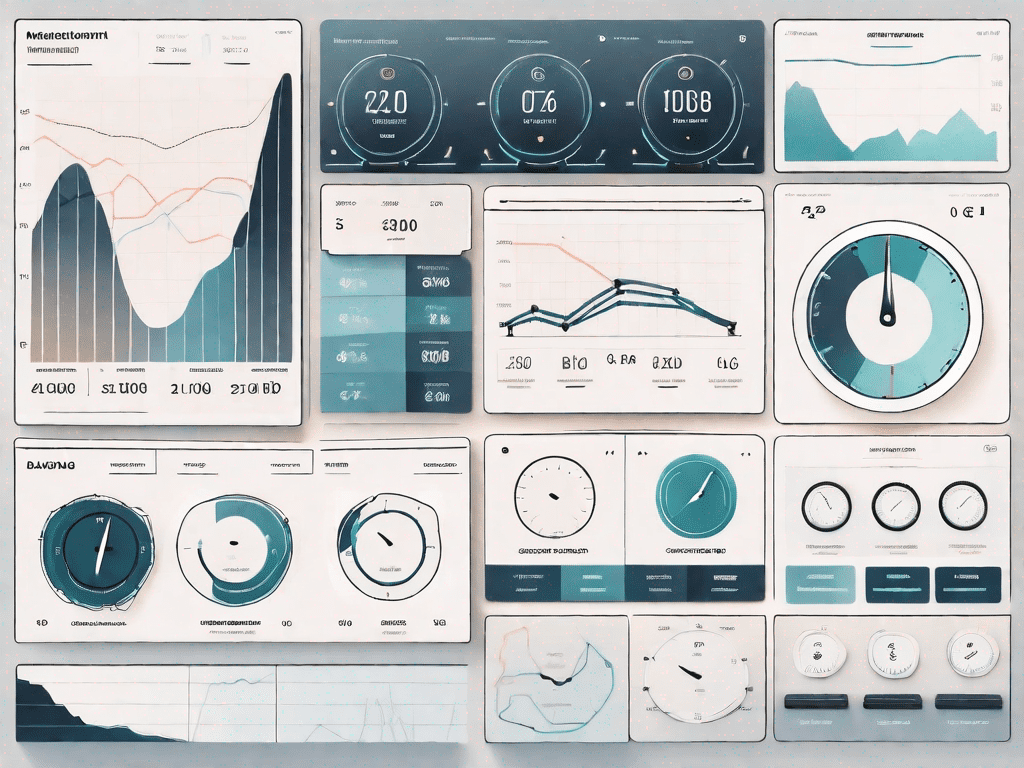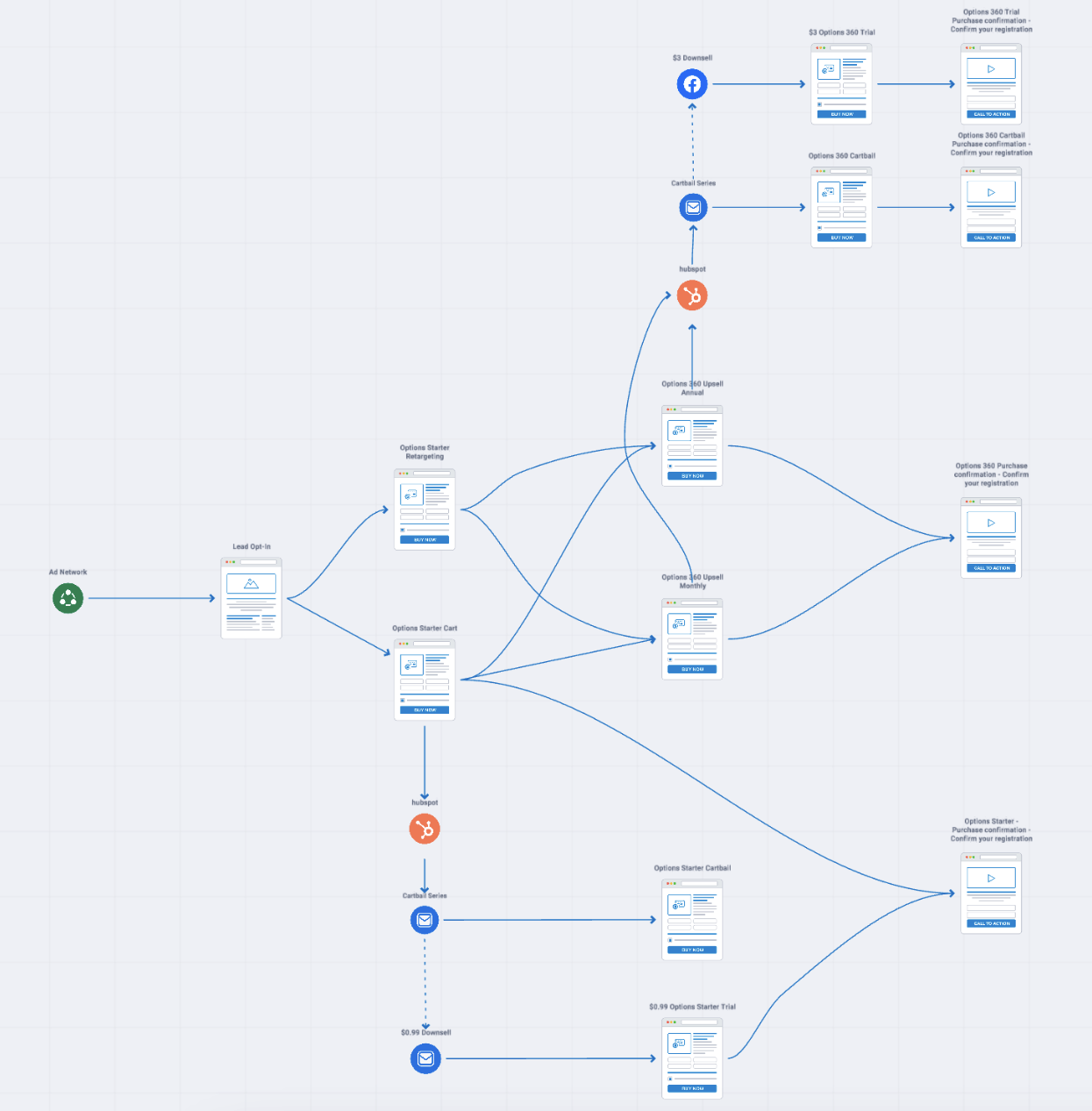In today’s digital age, one of the crucial facets for business success is mastering the art of multi-platform marketing campaigns. When woven together, Facebook, Google Ads, and YouTube can work in unison to amplify your brand’s message and capture a wide audience. This article will guide you on creating cohesive multi-platform campaigns to maximize your marketing success.
Understanding Multi-Platform Campaigns
A multi-platform campaign involves leveraging various digital platforms to communicate a coordinated and consistent message. This type of campaign relies on the combined strengths of each platform to increase brand visibility and consumer engagement.
But what exactly does it mean to have a multi-platform campaign? It means that as a brand, you are not limiting yourself to just one platform, but rather exploring different avenues to reach your target audience. This could include social media platforms like Facebook, Instagram, and Twitter, search engines like Google, video-sharing platforms like YouTube, and even email marketing.
By utilizing multiple platforms, you are increasing your chances of reaching a wider audience. Different people have different preferences when it comes to consuming content, and by being present on various platforms, you are catering to those preferences.
The Importance of Multi-Platform Marketing
With consumers constantly interacting with various digital platforms, integrating your brand’s message across multiple channels is no longer a choice, but a necessity. Multi-platform campaigns ensure that your brand stays at the forefront of consumer consciousness, leading to higher engagement and conversions.
Imagine a scenario where a consumer sees your brand’s ad on Facebook, but then later searches for a related product on Google. If your brand appears in the search results, it reinforces the message they saw on Facebook and increases the likelihood of them engaging with your brand further.
Multi-platform marketing also allows you to reach different audience segments effectively. While some of your customer base might be highly active on Facebook, others might prefer Google or YouTube. By integrating all these platforms, you ensure that your message reaches everyone.
Moreover, multi-platform campaigns provide valuable data and insights. By analyzing the performance of your campaigns on different platforms, you can gain insights into which platforms are most effective for reaching your target audience, allowing you to refine your marketing strategy and allocate resources more efficiently.
Key Components of a Multi-Platform Campaign
Each multi-platform campaign comprises three crucial components: audience segmentation, message consistency, and appropriate platform utilization. Understanding your audience and choosing the right message for each segment is the foundation of an effective multi-platform campaign.
Segmenting your audience allows you to tailor your messaging to specific groups based on demographics, interests, or behaviors. This ensures that your message resonates with each segment, increasing the chances of engagement and conversion. For example, if you are targeting young professionals, your messaging might focus on career growth and work-life balance, while for retirees, it might emphasize leisure and relaxation.
Consistency is key when it comes to multi-platform campaigns. Your brand’s message should be consistent across all platforms to maintain a cohesive brand identity. This means using the same brand voice, visual elements, and key messaging points. Consistency builds trust and recognition among your audience, making it easier for them to connect with your brand.
An effective alignment of your campaign goals with the strengths of each platform is crucial for campaign success. This includes leveraging Facebook’s extensive user base, Google Ads’ broad targeting options, and YouTube’s high engagement rates for video content. By understanding the unique features and strengths of each platform, you can optimize your campaign to maximize its impact.
In conclusion, multi-platform campaigns have become essential in today’s digital landscape. By utilizing multiple platforms, you can reach a wider audience, increase brand visibility, and improve consumer engagement. Understanding your audience, maintaining message consistency, and leveraging the strengths of each platform are key components of a successful multi-platform campaign.
Exploring Individual Platforms
To implement a successful multi-platform campaign, it’s crucial to understand the strengths and functionalities of each platform.
When it comes to harnessing the power of Facebook, you’ll find that it is an indispensable tool in a multi-platform campaign. With over 2 billion active users, it provides a broad reach and highly refined targeting options. This means that you can tailor your campaign to reach specific demographics or target audiences based on their interests and behaviors.
One of the advantages of using Facebook is its user-friendly advertising interface, which allows for cross-posting and integrated campaign management. This simplifies the process of coordinating campaigns across platforms, saving you time and effort. Additionally, Facebook provides robust analytics and reporting tools that enable you to track the performance of your campaigns, measure engagement, and optimize your strategies accordingly.
When it comes to maximizing the potential of Google Ads, you’ll discover that it is another powerful platform for any multi-platform campaign. With its pay-per-click advertising model, businesses can target specific keywords and demographics, ensuring a high return on investment.
Google Ads also offers a range of analytical tools for measuring campaign success. These tools allow you to track ad impressions, clicks, conversions, and other key metrics. By analyzing this data, you can gain valuable insights into the performance of your campaigns and make informed decisions to improve outcomes.
Leveraging YouTube for campaign success is also a smart move. With over 2 billion users, YouTube offers an excellent platform for engaging your audience with compelling video content. This visual medium allows you to tell your brand’s story in a more dynamic and immersive way.
One of the advantages of using YouTube is its TrueView ad format, which allows you to pay only when viewers choose to watch your ad. This provides cost-effective advertising options, ensuring that you’re getting the most out of your campaign budget. Furthermore, YouTube provides detailed analytics that give you insights into viewer behavior, allowing you to optimize your video content and target the right audience.
Integrating Platforms for a Cohesive Campaign
The key to a successful multi-platform campaign is integration. Each platform should complement the others and contribute to a cohesive brand story.
Advanced Techniques for Cohesive Campaigns
Re-targeting and Re-marketing
To build a seamless experience across platforms, you can leverage re-targeting and re-marketing strategies. For example, you could use Facebook Pixel to track user behavior on your website. This data can then be used to show highly targeted Google Ads to those specific users, creating a consistent narrative that journeys across multiple platforms.
Dynamic Content Adaptation
Remember, each platform has its strengths and unique features. Your content should dynamically adapt to fit the platform while maintaining your core message. For example, while Facebook may be excellent for longer-form content, Google Ads are typically short and to the point, and YouTube is your playground for video content.
Automated Campaign Management Tools
To effectively manage multiple platforms, automated campaign management tools can be your best friend. Tools like HubSpot or Hootsuite allow you to schedule posts across various platforms from a single dashboard, enabling a more streamlined approach to multi-platform campaigns.
A/B Testing Across Platforms
It’s essential to understand that what works on one platform may not necessarily work on another. Run A/B tests to understand how your audience interacts with different aspects of your campaigns—whether it’s the headline, the image, or the call-to-action—on various platforms. Based on the data, refine your campaigns to better suit each platform while maintaining a consistent message.
Coordinating Teams for Multi-Platform Success
Effective communication and coordination between different teams working on your multi-platform campaign can be a real game-changer. Whether it’s the copywriting, design, or analytics teams, make sure everyone is on the same page to maintain consistency and effectiveness.
Weekly Check-ins
Holding weekly meetings can keep everyone aligned on the campaign’s goals, performance metrics, and other critical aspects. This also allows for quicker adaptations to strategy if certain elements aren’t performing as well as expected.
Collaboration Tools
Tools like Slack or Asana can facilitate better communication between teams. Shared folders and documents can make it easier to maintain consistency in campaign assets and messaging.
Cross-Platform Analytics
Invest in analytics tools that can track performance metrics across multiple platforms to provide a holistic view of your campaign’s performance. Tools like Google Data Studio can aggregate data from various platforms into a single dashboard, providing comprehensive insights.
Adjust and Adapt: The Ongoing Process
Multi-platform campaigns aren’t a “set it and forget it” type of strategy. It’s essential to continually analyze performance metrics and be prepared to adapt your campaign. This could mean re-allocating budget between platforms, adjusting target demographics, or tweaking the messaging.
Mastering the art of multi-platform campaigns is no small feat, but the rewards are well worth the effort. As we’ve outlined, a successful strategy hinges on understanding your audience, synchronizing your messaging across platforms, employing advanced techniques, and making data-driven decisions. While the landscape of digital marketing is always evolving, the principles of a cohesive, multi-platform approach remain constant. So don’t hold back; seize the opportunity to elevate your brand’s digital presence and engage with your audience like never before.
Ready to take your multi-platform campaigns to the next level? We’d love to guide you through the journey.
Click here to contact us and find out how we can help you create a unified, compelling, and highly effective digital marketing strategy that spans across Facebook, Google Ads, and YouTube. Don’t miss out on the chance to maximize your reach and ROI.



